As artists who want to motivate thought, action, and the desire to change the world, we create alternate realities made up of interactive challenges and participatory events, which take on urgent social and political issues, such as climate change.
The primary form within which we work is the alternate reality game (ARG). ARGs are transmedia productions that tell a story across media forms and platforms. They are almost always collaborative, last for several weeks or months, and play out in both online and physical spaces. Instead of having a clearly defined entry point, such as a video game “start” screen, these experiences do not announce themselves explicitly as games. A player might access an ARG narrative by finding what is called a “rabbit hole” that leads down a game trail. For example, players might discover an Instagram account that belongs to a character, which leads to a website with a codebreaking puzzle. The solution to this puzzle in turn yields a link to an interaction with a character who appears, via video, on the Twitch livestreaming platform. And the transmedia trail continues from there.
Through participatory challenges, ARGs transform participants from passive viewers to active players who complete thought-provoking challenges, roleplay within the narrative, contribute to emergent worldbuilding, and develop the sense of agency and community necessary to tackle both local and global problems. Our ARGs have all experimented with a mixture of game mechanics, multilinear storytelling, and improvised live performance. Most recently, we applied our experimentation to create two game- and performance-based interventions to respond to the COVID-19 pandemic—A Labyrinth and ECHO—which included hundreds of quests and a video-based choose-your-own-adventure format that led middle school, undergraduate, and graduate students, as well as staff and university alums, through a series of challenges that kept them connected to one another in this difficult time.
As the co-directors of these projects, we sat down to discuss issues that motivate ARG creation and how this form helps us think about the possible futures of games, performance, and livestreaming techniques.


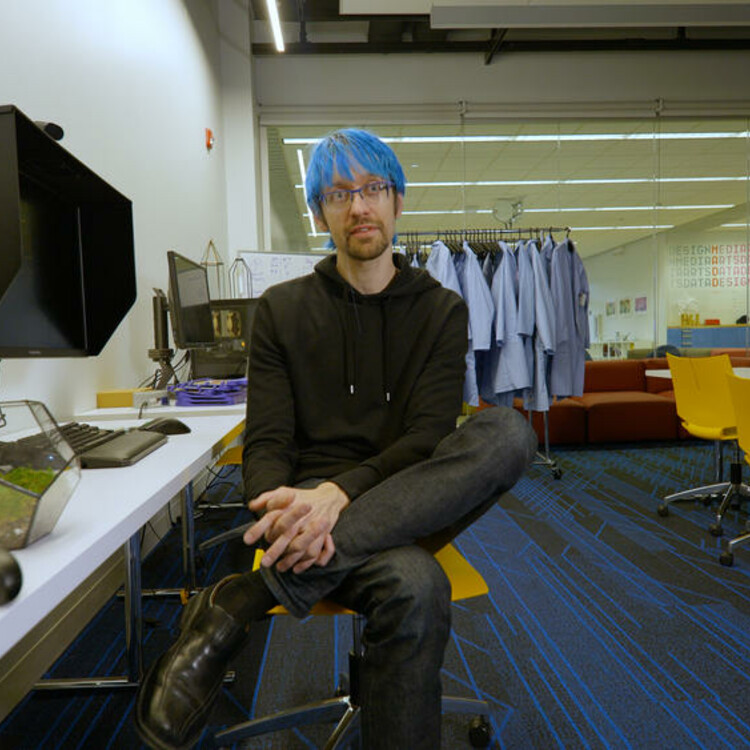
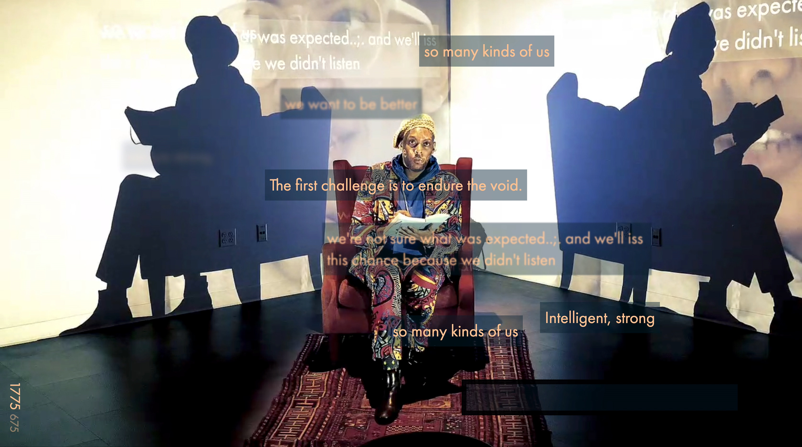
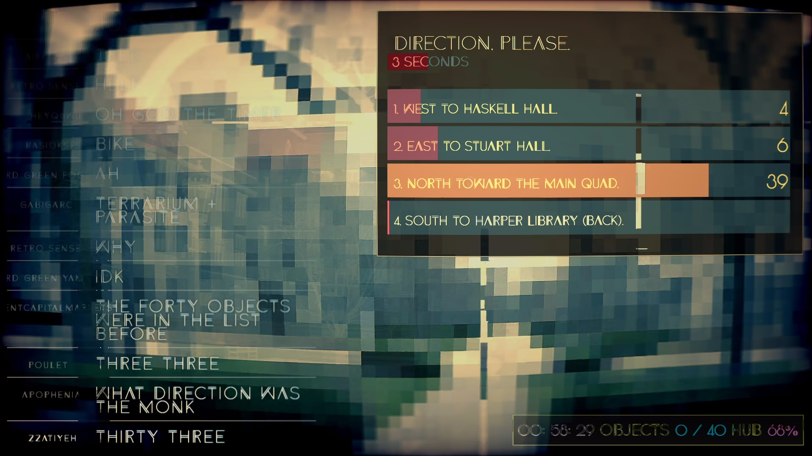
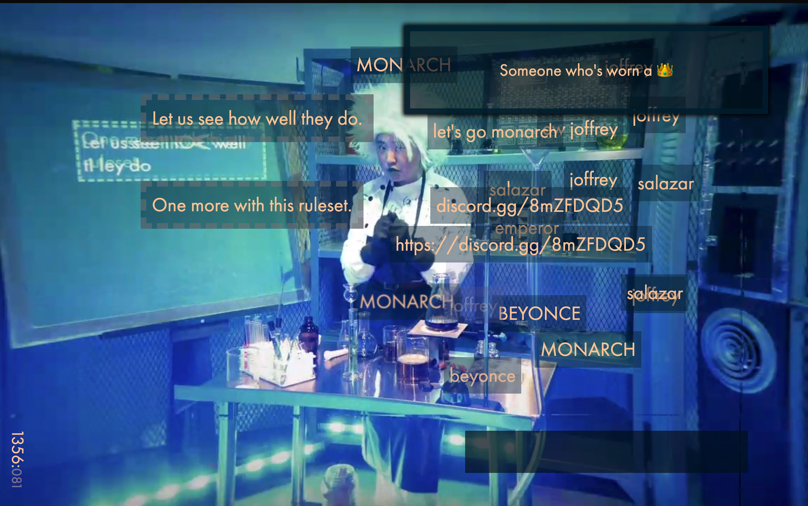



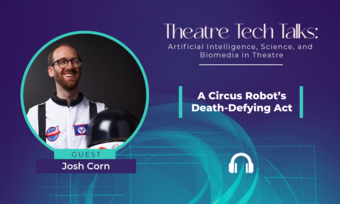

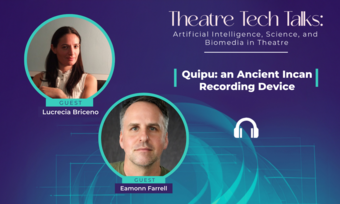


Comments
The article is just the start of the conversation—we want to know what you think about this subject, too! HowlRound is a space for knowledge-sharing, and we welcome spirited, thoughtful, and on-topic dialogue. Find our full comments policy here